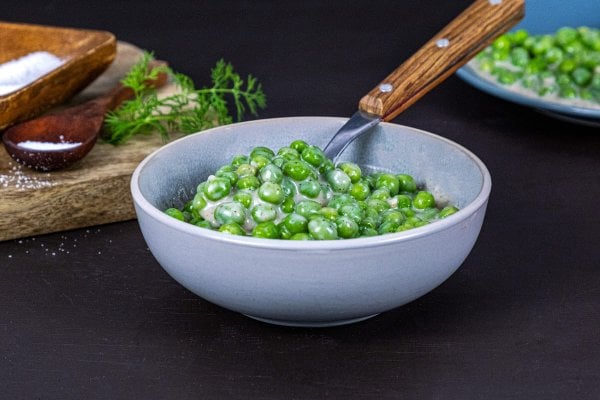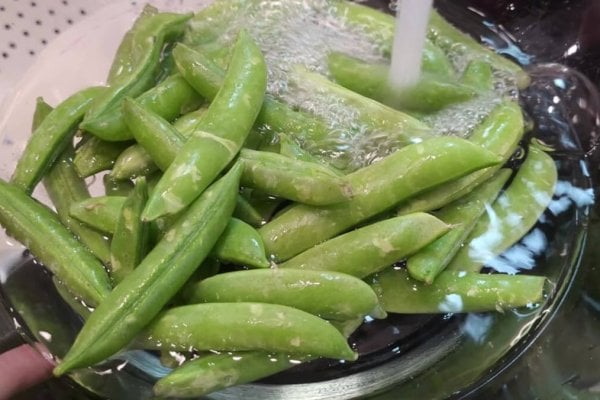Learn how to save a frozen plant after an unexpected freeze and how to protect a garden from frost when you know it’s coming.
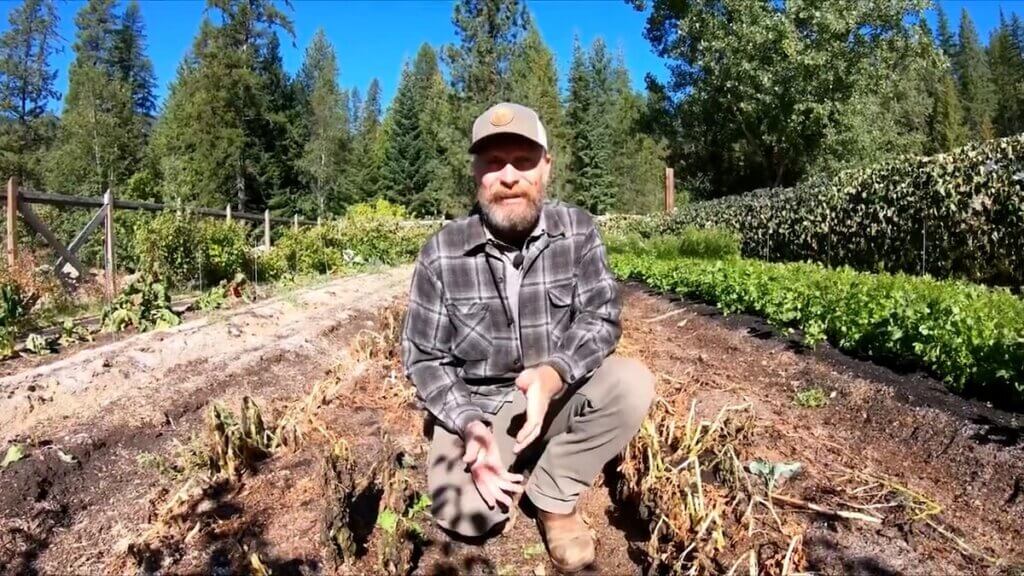
We’ve talked about planting a summer garden for a fall harvest and crops that will not survive a frost, but what do you do when unexpected weather happens? How to do protect a garden from frost?
Nature always has the upper hand, so we need to do our best within the environment we live in and with the systems we have.
If you know a frost is coming, you can take precautions to protect your plants. But what should you do when a frost isn’t predicted? Read on to learn what to do when there is an unexpected frost, and you wake up to a freeze in your garden.
Why Do Plants Freeze?
Plants have water in their cells, so when the weather is below freezing, the water in their cells freezes, those cells expand and burst, killing the plant.
Once the sun comes out, the plant goes into shock and dies.

How to Protect a Garden From Frost
You’ll always have surprises in homesteading, so you must do the best you can to work within your environment and plan for the unexpected. If you know that a freeze is coming, you can do several things.
Water Your Garden
It might sound strange, but keeping your garden soil moist can help protect your plants from the cold because wet soil insulates plants. It helps to do it in the afternoon when temperatures are at their warmest.
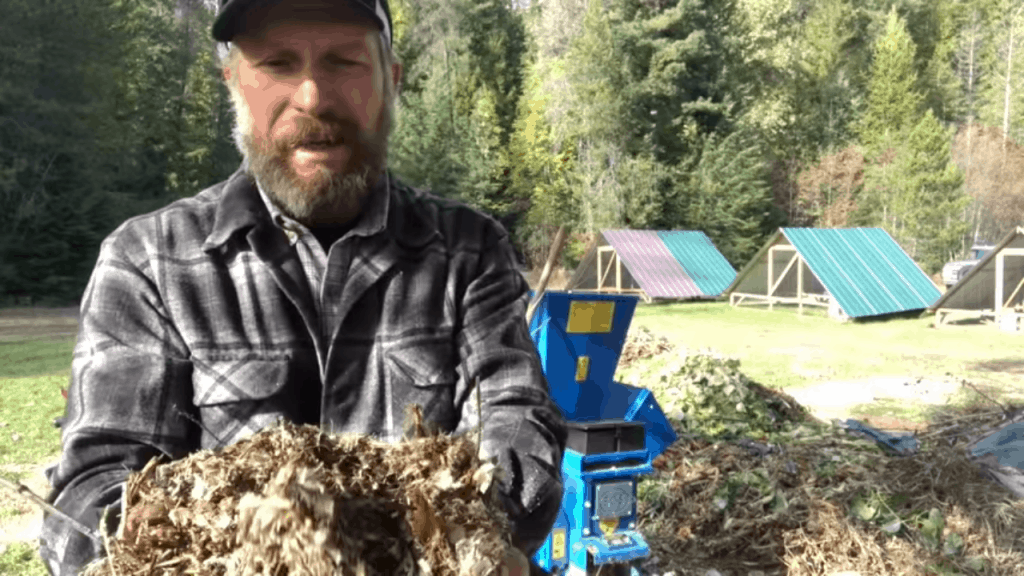
Add Extra Mulch
Just like we add an extra layer of clothing when it’s cold outside, adding extra mulch around your garden plants will help to protect them from colder temperatures.
You can use straw, wood chips, or leaves to help insulate your plant’s roots.

Cover Your Plants
When covering individual plants to protect against frost, cover them just before nightfall and uncover them first thing in the morning so they can still benefit from the sun. Alternately, use an actual frost cloth that is designed to stay on your plants long term.
You can cover each plant individually with a cloche (a bell-shaped cover for smaller plants made from plastic or glass). An upside-down gallon bucket or pot will work too. You can even cut a milk jug in half and use that.

Put a Blanket on Them
To cover a larger group of garden plants, place a blanket over them. You can use actual lightweight blankets, drop cloths, or even sheets. If possible, use stakes to create a tent so the fabric doesn’t lay directly on the plants and crush them.
Ensure that the material is large enough to reach all the way down to the soil line. If it’s windy, hold down the edges of the material with rocks, so they don’t blow around and let the cold in.

Can Plants Recover From a Cold Shock?
With cold-shocked plants, their leaves are damaged and will likely fall off. The good news is that new leaves will take their place. It may take several weeks to see your plants’ resiliency, but they should bounce back with proper care, including water, warmth and sunlight.
Signs of Cold Shock vs. Frozen Plants
- Damaged Leaves – The leaves on a cold-shocked plant will wilt because of cell damage. They may fall off, but new ones will soon take their place.
- Discolored Leaves – Dying leaves often develop white or yellow spots, or the whole leaf may become discolored.
- Plant Becomes Mushy – If your plant gets mushy, it’s most likely not salvageable. A mushy plant means that your plant froze past the point of saving.
- Loose Root Ball – If the roots become loose in the soil, they are frozen. Plants with frozen roots will not recover.
Once you’ve determined that your plant is merely suffering from cold shock, you can do a couple of things to help it bounce back.
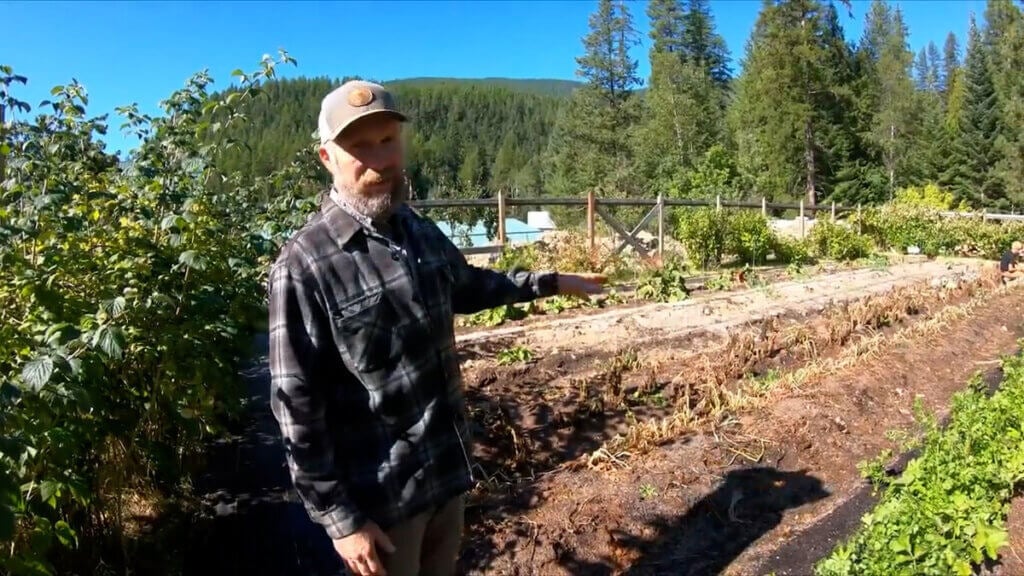
How to Save a Plant From Cold Shock
- Water – Water the cold-shocked plants immediately. About an inch of water should help your plant turn around. It’s best if you can water them before the sun hits the plants, very early in the morning.
- Avoid Fertilizer – It’s important not to fertilize your cold-shocked plants. Fertilizer will stimulate new growth, which will further stress your cold-shocked plant.
- Avoid Pruning – Avoid pruning your cold-shocked plants right away. It’s hard to tell which parts of your plant will recover, so wait until you’re sure.
If your plant fails to put on new leaves, then the plant will die. Plants need leaves for photosynthesis, which is the process of turning sunlight into food for the plant. We showed you which crops will not survive a frost so that you know which crops to harvest in a hurry when a threat of frost approaches.

How to Save a Frozen Plant
Saving a frozen plant depends on the type of plant and how much cold exposure it has. Most tropical plants will not survive even a light freeze.
You can cut off the damaged branches and stems if a woody plant is frozen. Scratch the bark to see if there is still green underneath. If so, the plant is still alive. The plant may still lose its leaves because of the freeze, but it will return in spring.
Watering your cold-damaged plant is the most important thing you can do. Water helps your plants recover from the stress of the cold and prevents them from becoming dehydrated. When plants experience freezing temperatures, the moisture is removed from their tissue, making watering essential.
The very best thing you can do to protect a garden from frost is to pay attention to the weather forecast. Even temperatures near freezing should make you take any necessary precautions. We’d rather harvest a bit too early than lose our crops to the frost.













